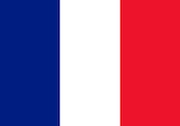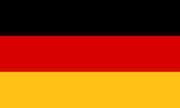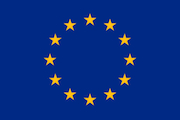EMB Newsletter October 2015
Newsletter as PDF
Contact
EMB - European Milk Board asbl
Rue de la Loi 155
B-1040 Bruxelles
Phone: +32 - 2808 - 1935
Fax: +32 - 2808 - 8265
Dear dairy farmers and interested parties,
For almost a year now, milk prices in the EU have been stuck in a downward spiral. In most countries, prices currently range between 25 and 30 cents per kilogramme; in the Baltic countries, they are even lower.
The EMB, in cooperation with its member organisations, commissioned a study of milk production costs, which provided the following result: In the main producer countries like Germany, France, the Netherlands, Belgium, Denmark and Italy, production costs stand uniformly between 40 and 50 cents per kilogramme.
Because of this cost-price discrepancy, thousands of farms are struggling to survive. Many are taking on new loans and falling further into debt. Innumerable farms have already given up milk production.
However, EU Agriculture Commissioner Phil Hogan's reaction to the situation is cynical. He recently said in an interview with private online channel viEUws, "I don't think that many farmers are producing below the cost of production. They say they are but at the end of the day, they continue to produce. In any business, if you're producing below cost of production for a considerable period of time, it is going to create, obviously, difficulties for the business. But I don't see any evidence of that."
Such statements are unbelievable and a slap in the face for milk producers throughout Europe. It is this mix of blind faith in markets, ignorance and arrogance clear to see in Hogan and other policymakers that is putting the livelihood of countless milk producers in the EU on the line.
On October 13 and 14, the EMB autumn assembly will be held in Montechiari, Italy. It is an opportunity to find a response to the behaviour of Hogan and his supporters. We EMB dairy farmers will not allow our livelihood to be destroyed by inept policymakers. It is in our common interest to fight for sustainable, small-scale farming - something that the people of Europe also support.
Romuald Schaber, EMB President
Danish production costs including a fair income now available
Denmark: 86 percent of dairy farms show deficit
France: Danone proposes taking production costs into account
Switzerland: The dairy market caters to companies - not to farmers!
Why compulsory preferential sale in cooperative statutes is a problem
News from Brussels
Impressum
European Milk Board asbl
Rue de la Loi 155
B-1040 Bruxelles
Phone: +32 2808 1935
Fax: +32 2808 8265
E-Mail: office@europeanmilkboard.org
Website: http://www.europeanmilkboard.org






